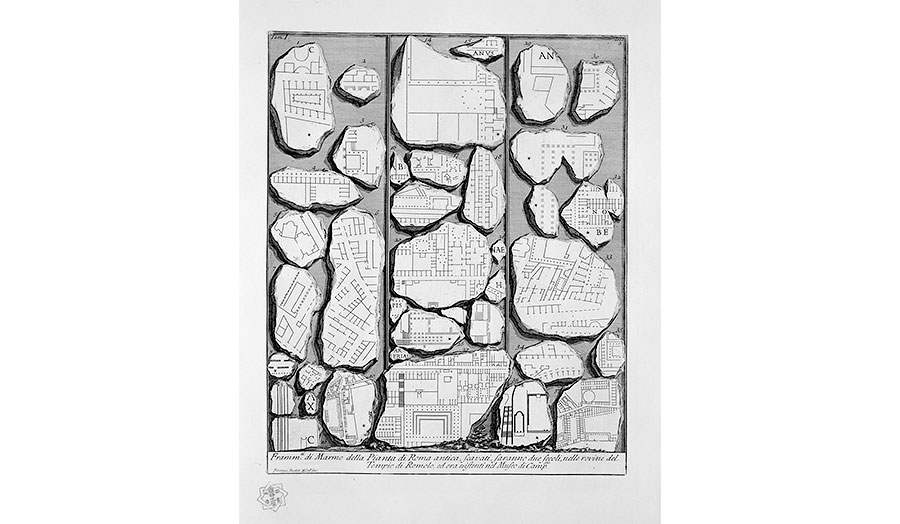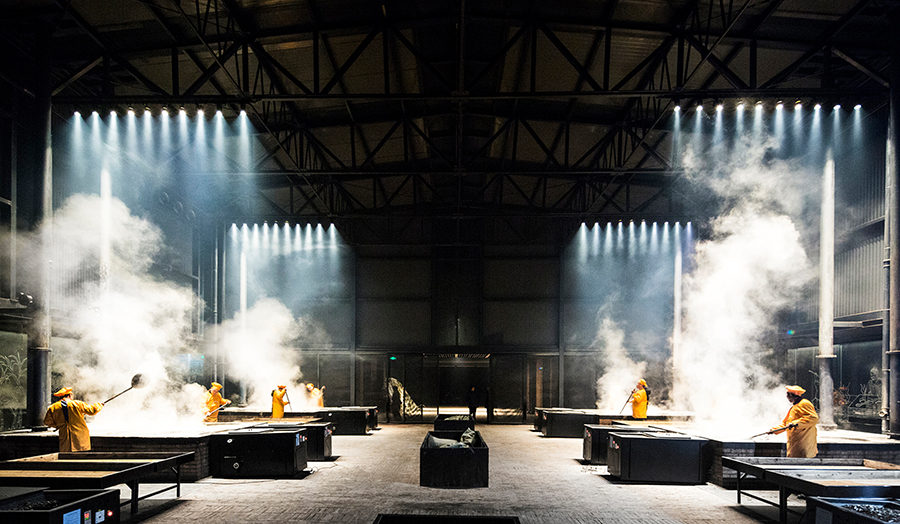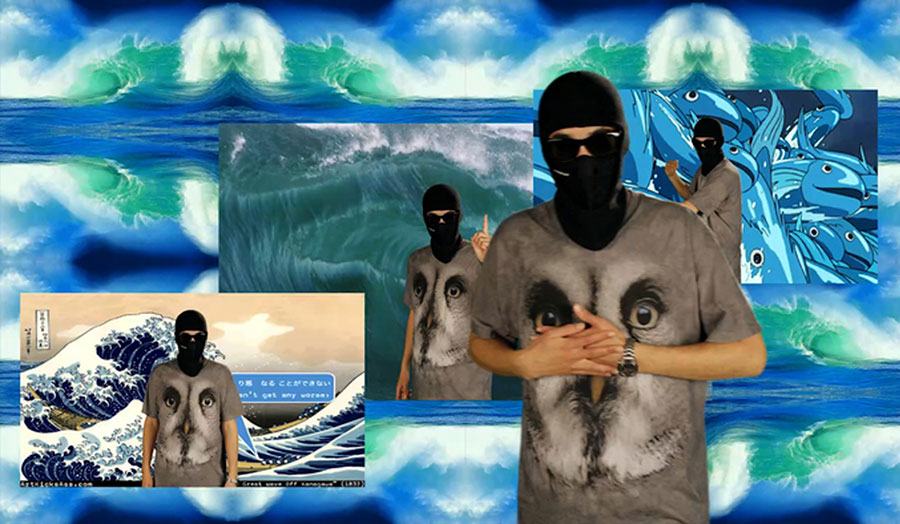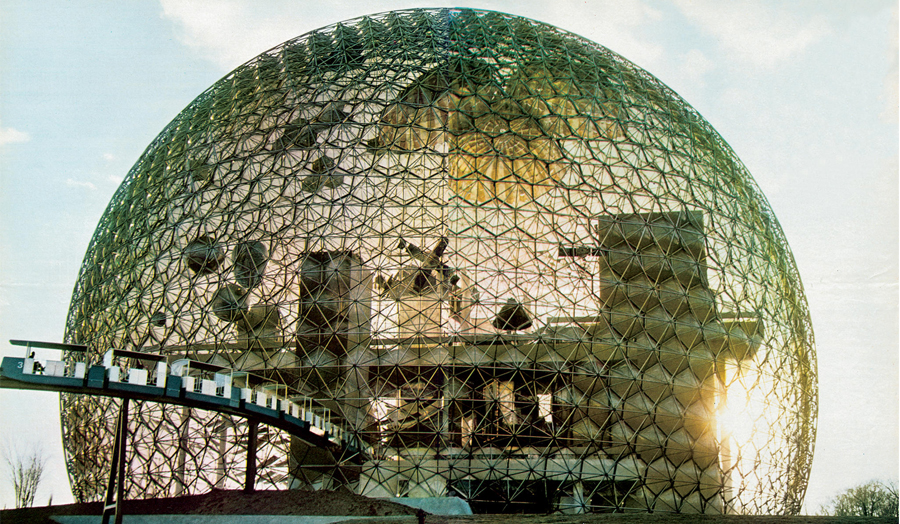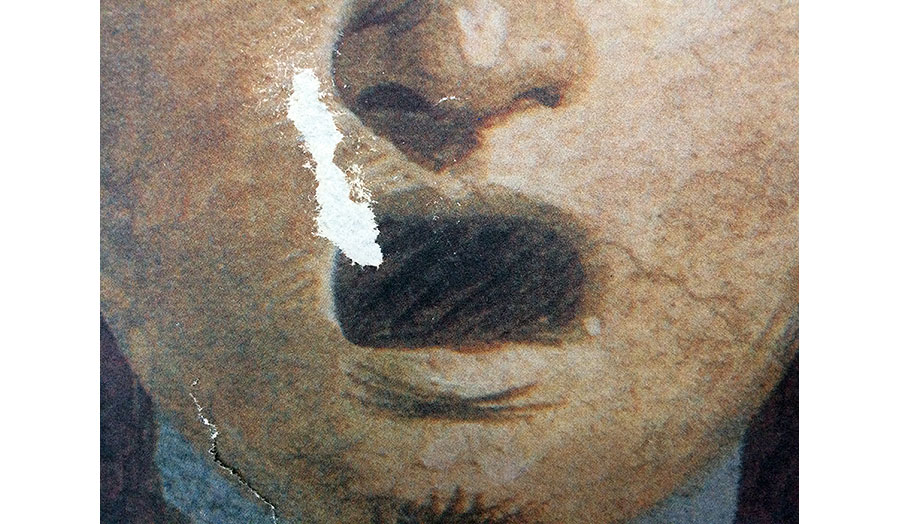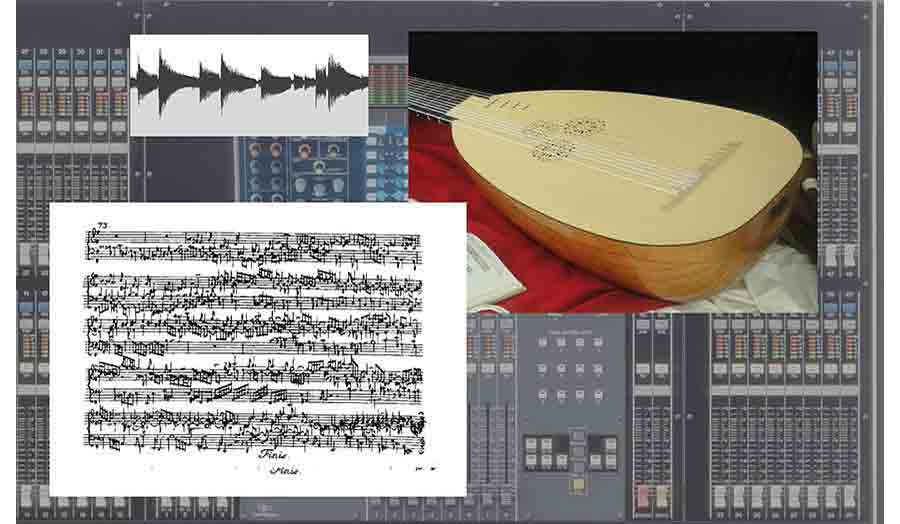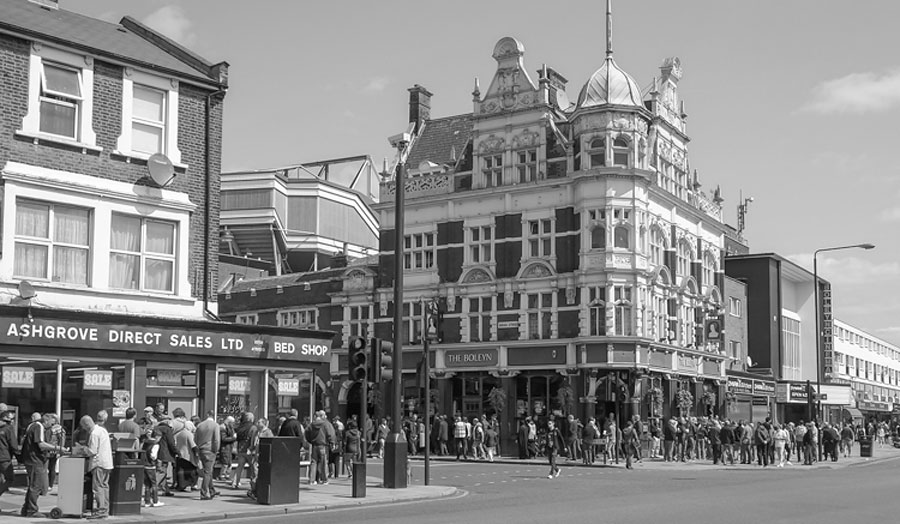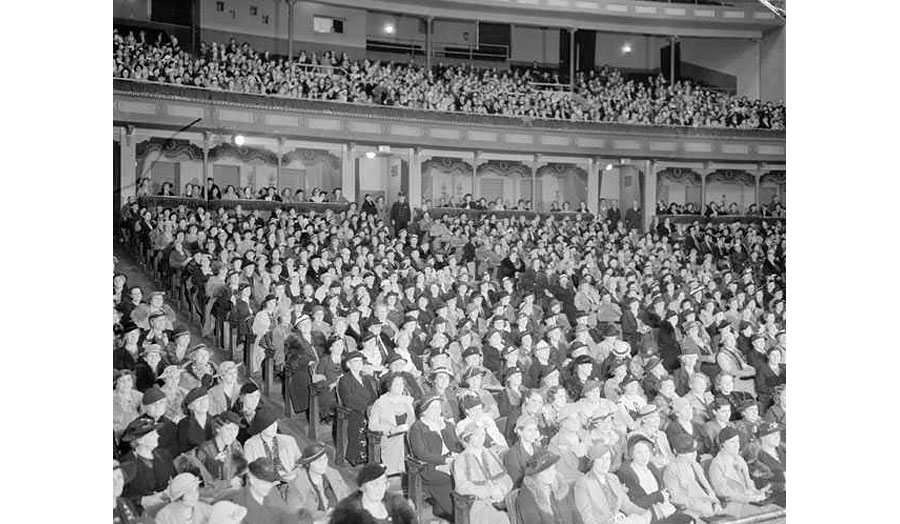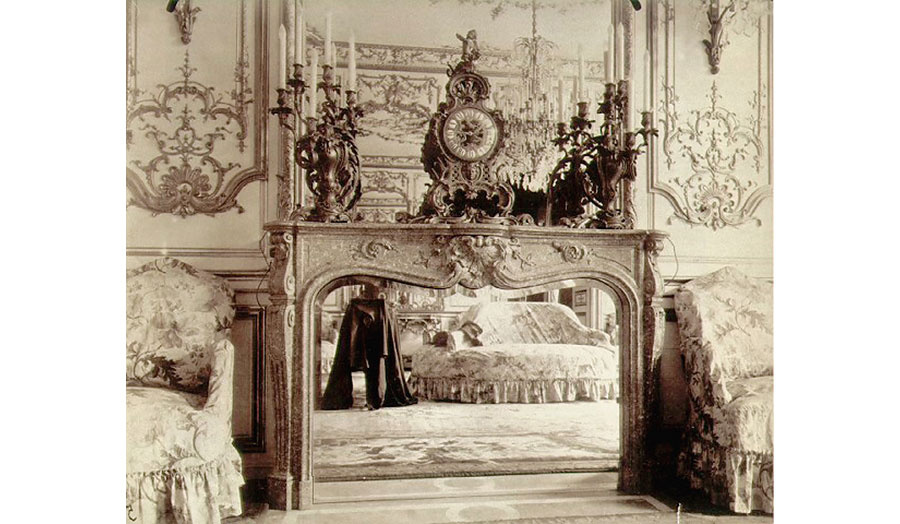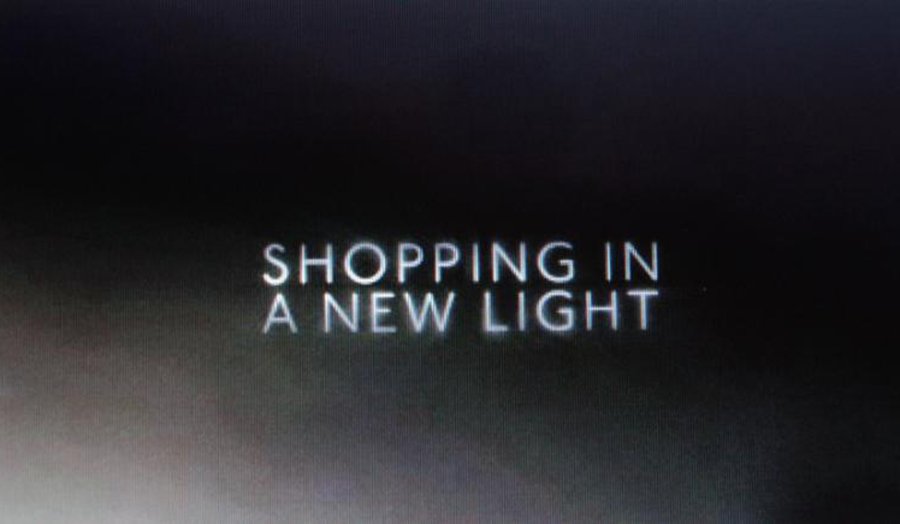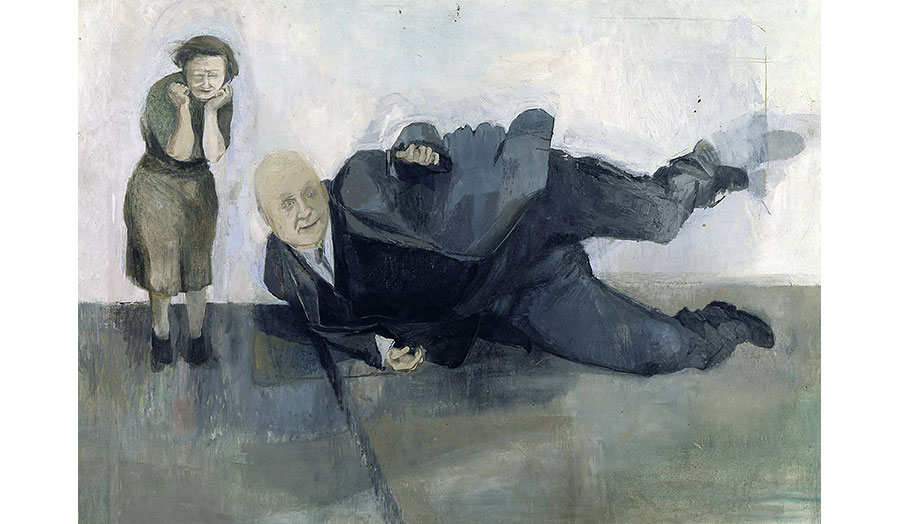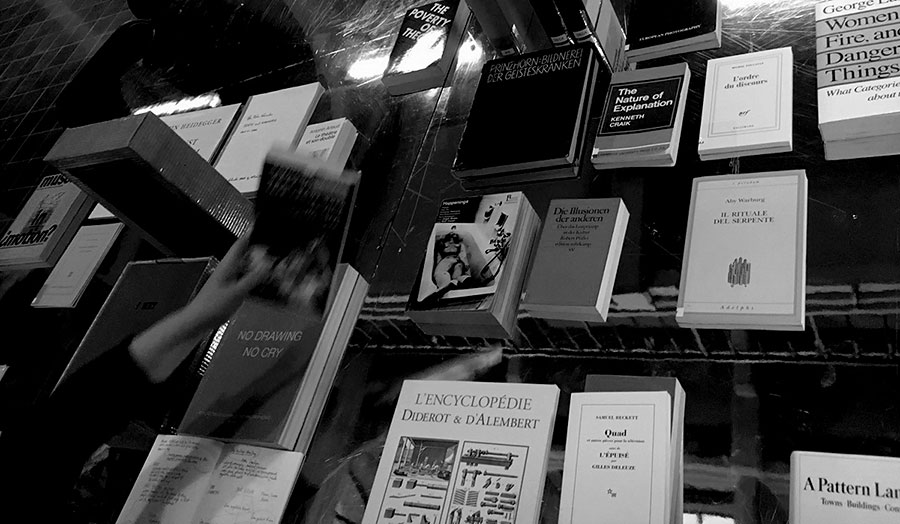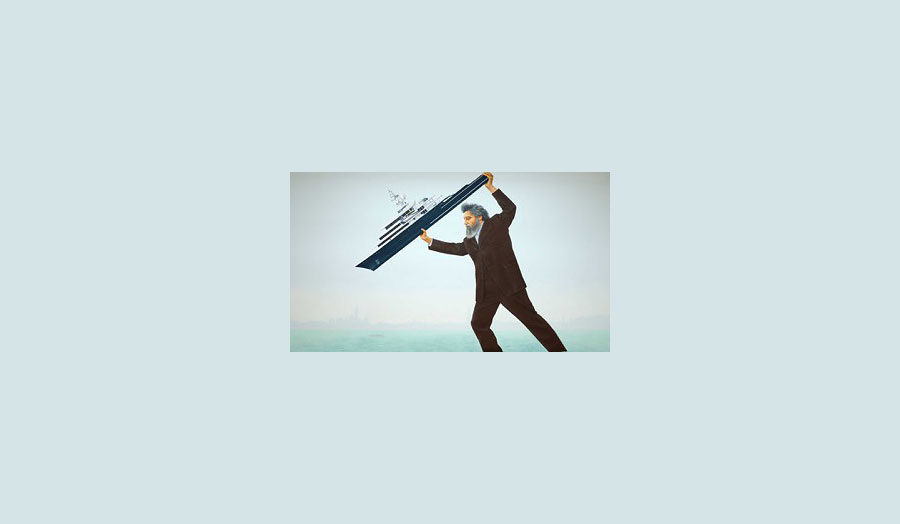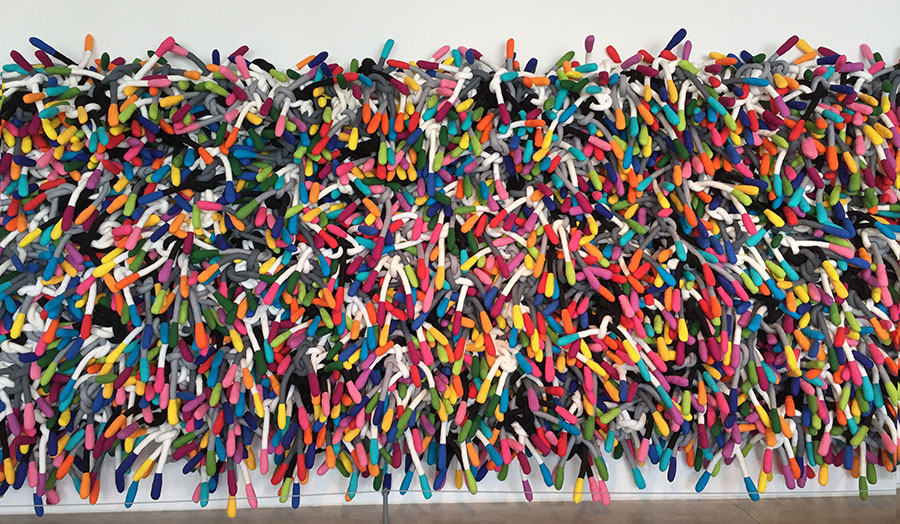Studio brief
The more design I have, the more nature I crave. And vice versa. This studio examines the relationship between the human-made and nature through a series of thematic seminars and other activities such as site or studio visits, writing workshops, critical screenings, and object-based non-verbal research. We will look at how the idea of nature has been constructed over time and place, and study its impact on design practice in an age marked by the sustainability imperative. The discussions will also examine how design has been alternatively accused of being a contributor to the environmental crisis, or mobilised as a means to tackle the very crisis. The course topics will include design strategies, materials, visual culture, and artefacts. During the studio you will be able to develop and present on your individual projects through formats including and not limited to writing, making, film, or installation.
Week 1-7
- Week 1: Introduction
- Week 2: The Construction of nature I: Extension of the human-made
- Week 3: Design as crime and fix: Individual vs collective action
- Week 4: Nature fetishism: Biocentrism and biomimicry
- Week 5: Plastics, concrete, and other anthropocene materials
- Week 6: Lifespan vs life cycles: Perdurance or obduracy
- Week 7: The construction of nature II: Digital wilderness
Readings
- Giorgio Agamben, "What is an Apparatus?", in What is an Apparatus? And Other Essays, Palo Alto, CA: Stanford University Press, 2009, pp. 1-24.
- Jane Bennett, The Force of Things: Steps toward an Ecology of Matter, Political Theory 32.3, 2004: 347-372.
- Beatriz Colomina and Mark Wigly, Are We Human? Notes on an Archaeology of Design, Zürich: Lars Müller, 2016.
- Adrian Forty, "Natural or Unnatural", in Concrete and Culture: A Material History, London: Reaktion, 2012, pp. 43-78.
- Jennifer Gabrys, “Introduction,” “Media in the Dump,” and “Conclusion”, in Digital Rubbish, Ann Harbor, MI: University of Michigan Press, 2011, pp. 1-19, 127-158.
- Harry Gugger and Bárbara Maçães Costa, Urban-Nature: The Ecology of Planetary Artifice, San Rocco 10, 2015: 32-40.
- Ian Hodder, “The Evolution and Persistence of Things,” in Entangled: An Archaeology of the Relationships Between Humans and Things, Hoboken, NJ: John Wiley & Sons, 2012, pp. 138-157.
- Steven J. Jackson, “Rethinking Repair,” in Tarleton Gillespie, Pablo Boczkowski, and Kirsten Foot, eds. Media Technologies: Essays on Communication, Materiality and Society, Cambridge MA: MIT Press, 2014, pp. 221-239.
- Finn Arne Jørgensen, Why Look at Cabin Porn? Public Culture 3.27, 2015: 557-578.
- Betti Marenko, Neo-Animism and Design: A New Paradigm in Object Theory, Design and Culture 2.6: 2014: 219-241.
- Koert van Mensvoort, Real Nature is Not Green, Next Nature, 6 November 2006.
- Jussi Parikka, “Fossil Futures,” in A Geology of Media, Minneapolis, MN: University of Minnesota Press, 2015, pp. 109-135.
- Jennifer L Roberts, “Lucubrations on a Lava Lamp: Technocracy, Counterculture, and Containment in the American Sixties,” in Jules David Prown and Kenneth Haltman, eds. American Artifacts: Essays in Material Culture, East Lansing, MI: Michigan State University Press, 2000, pp. 167-190.
- John Ralston Saul, “Literature and the Environment”, in Stuart Walker and Jacques Giard, eds. The Handbook of Design for Sustainability, London: Bloomsbury, 2013, pp. 523-528.
- Sabine Schulz Blank, The Pressure of Conservation: How the Imaginary of ‘Wild’ Nature Was Formed and How to Rid Ourselves of It, San Rocco 10, 2015: 72-82.
Biography
Gabriele Oropallo is a researcher and lecturer in design and technology. His most recent research examined how the environmental crisis altered practice and mediation of design and architecture. He is a founding member of critical design practices Repair Society and Arquipélagos Urbanos, with which he participated respectively to the Istanbul Design Biennial and São Paulo Architecture Biennial. In 2016, he managed the Design and Architecture programme of the Domaine de Boisbuchet, France, themed on Origin and Translation. In 2017, he was a convenor of the Design History Society Annual Conference on Making and Unmaking the Environment. He regularly contributes to form design magazine and the Bloomsbury Design Library. His recent publications include chapters in books like Iconic Designs (2015), Design Culture (2018), and Crafting Economies (2018).
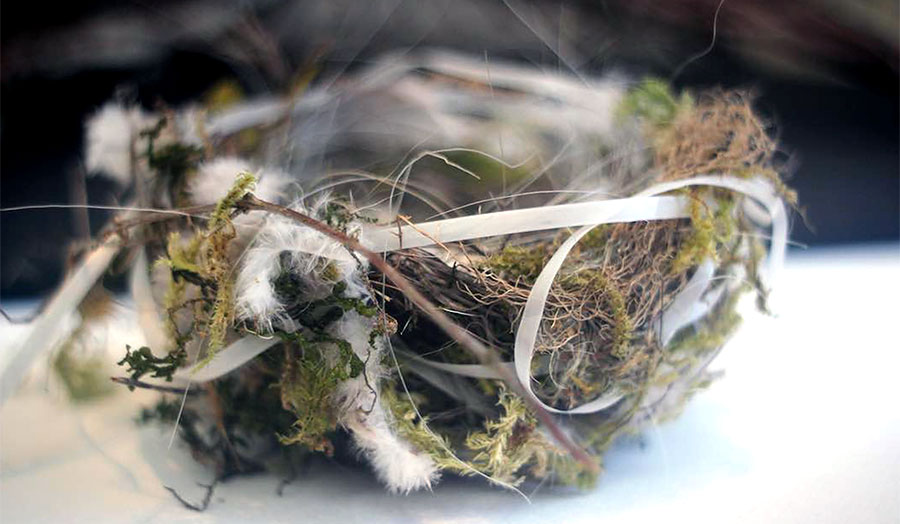
Details
| Tutor | Gabriele Oropallo |
|---|

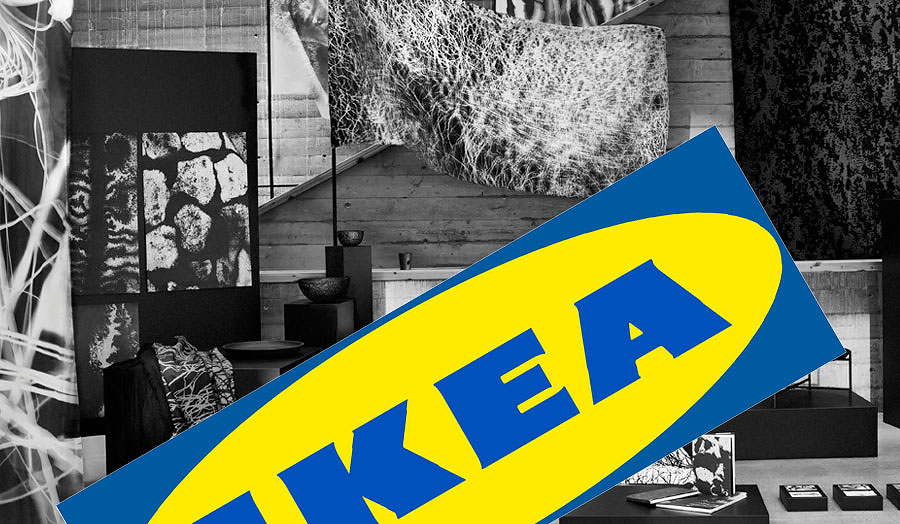
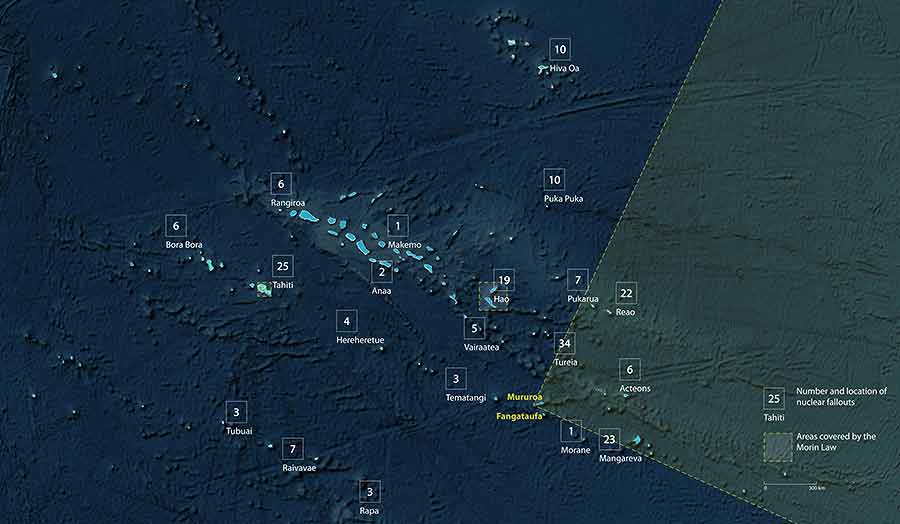
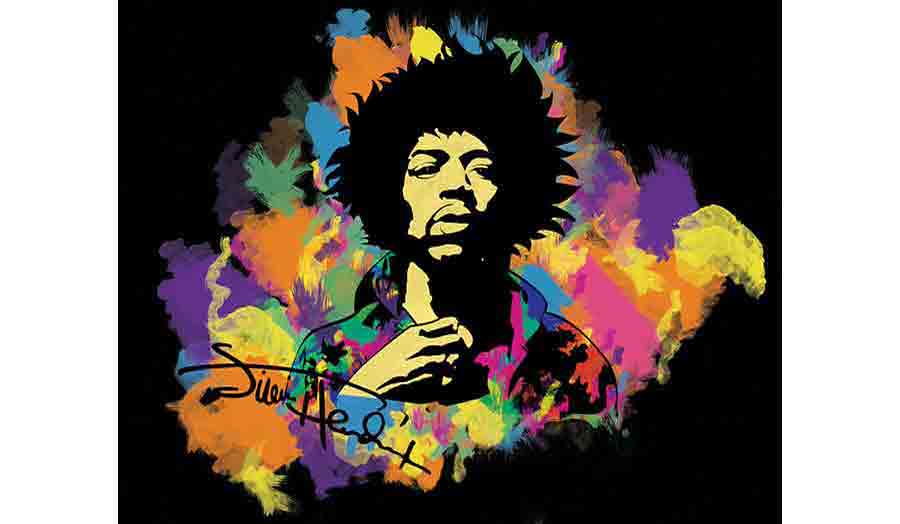
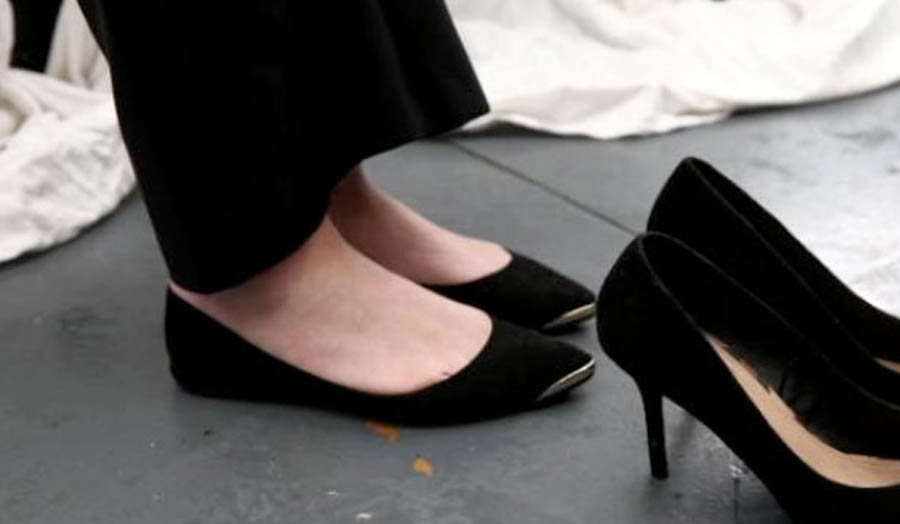
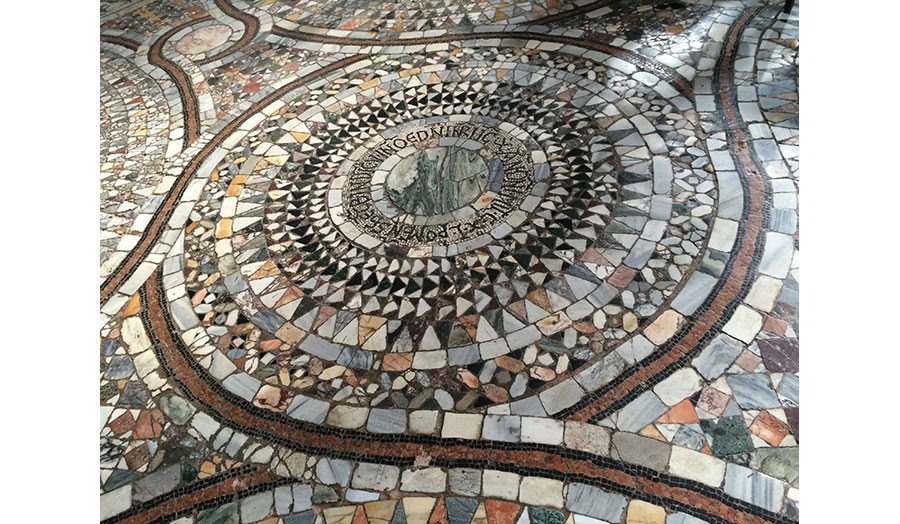
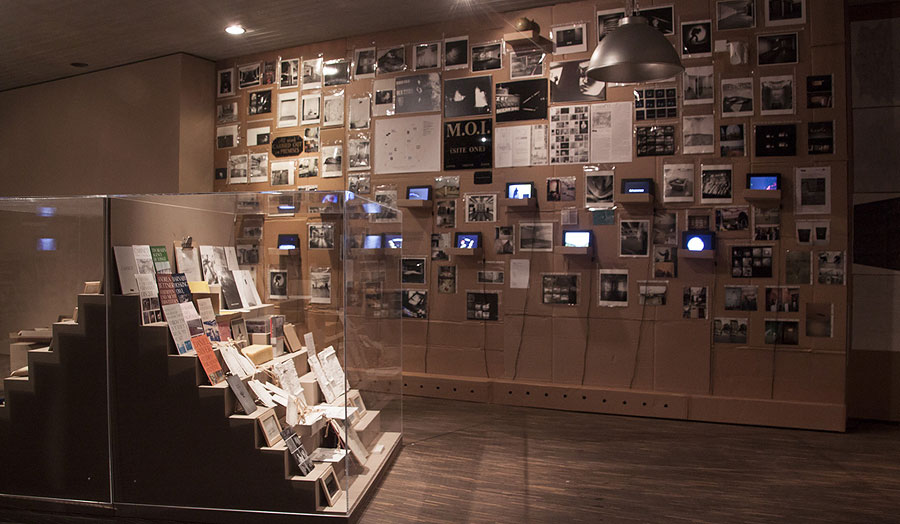
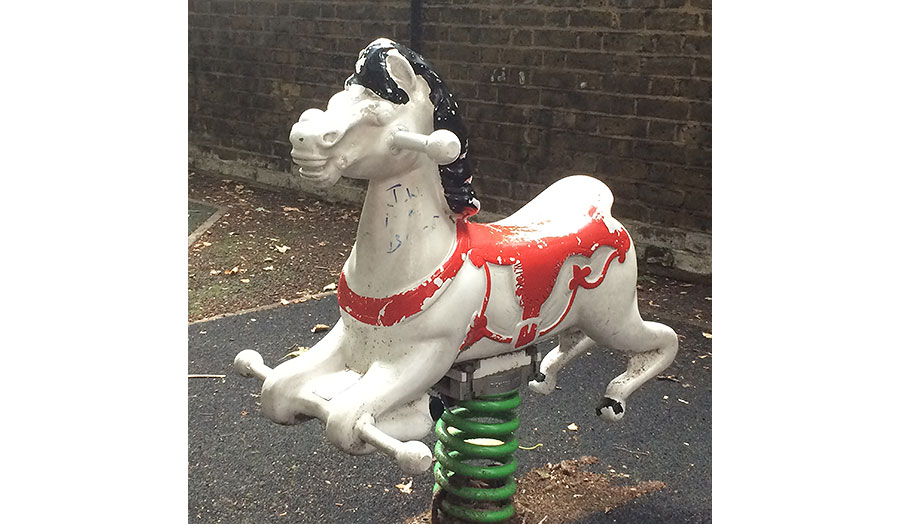
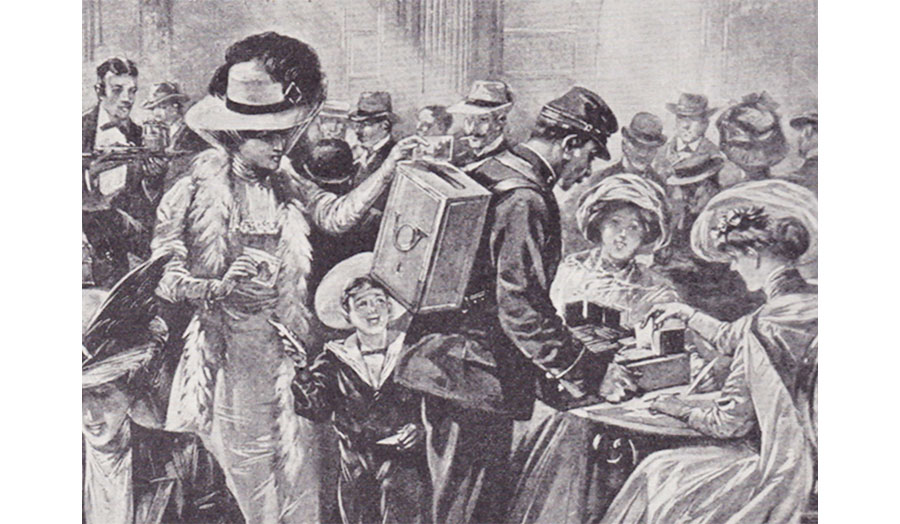
-(1).jpg)
